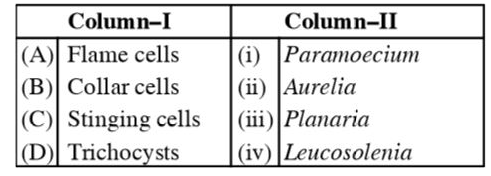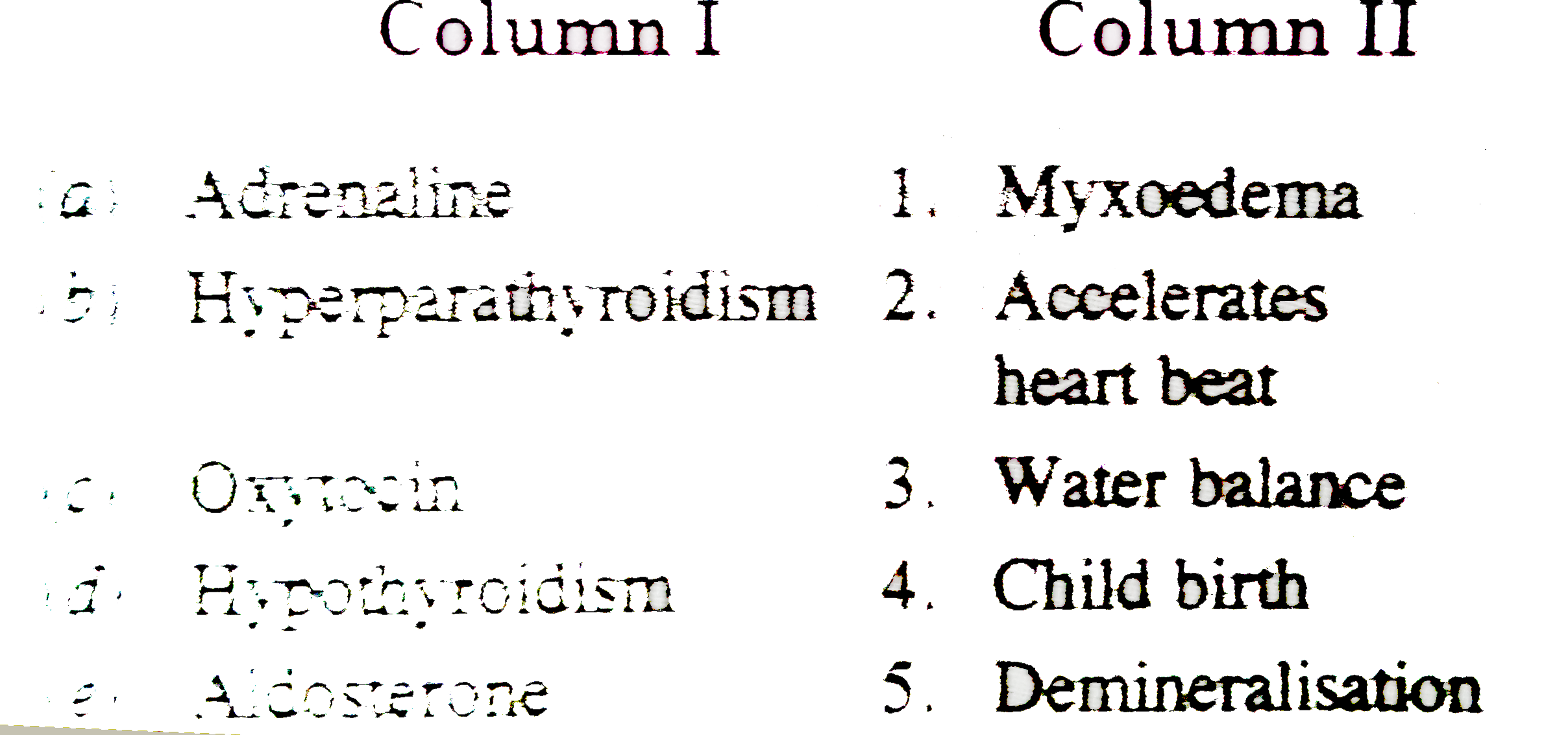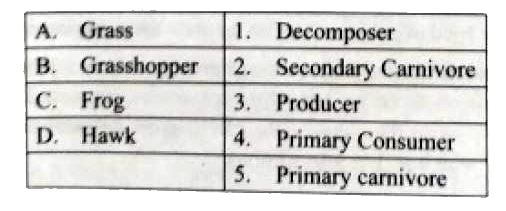Did Döbereiner’s triads also exist in the columns of Newlands’ Octaves? Compare and find out.
Video Solution
Text Solution
Yes, Debereiner's triands also exist in the columns of Newlands classification of elements based on the law of octaves. Consider the elements lithium (Li) sodium (Na) and potassium (K) which are present in the second column of Newlands Classification of elements. Now if we start with lithium as the 1st element, then the 8 th element from it is sodium, and accoridng to Newland's law of octaves, the properties of 8 th element sodium should be similar to those of the first element lithium. Again if we take sodium as the 1st element then the 8 the element from it is potassium, and according to Newlands' law of octaves the properties of 8th element potassium should be similar to those of the 1st element sodium. This means that according to Newlands' law of octaves, the elements lithium sodium and potassium should have similar chemical properties. We also know that lithium, sodium and postassium form a Dobereiner's triad having similar chemical properties. from this we conclude that Dobereiner's triads also exist in the columns of Newlands' octaves.
|
Updated on:21/07/2023
Topper's Solved these Questions
- BOOK - LAKHMIR SINGH & MANJIT KAURCHAPTER - PERIODIC CLASSIFICATION OF ELEMENTSEXERCISE - SHORT ANSWER TYPE8videos
PERIODIC CLASSIFICATION OF ELEMENTS
- BOOK - LAKHMIR SINGH & MANJIT KAURCHAPTER - PERIODIC CLASSIFICATION OF ELEMENTSEXERCISE - LONG ANSWER TYPE3videos
PERIODIC CLASSIFICATION OF ELEMENTS
- BOOK - LAKHMIR SINGH & MANJIT KAURCHAPTER - PERIODIC CLASSIFICATION OF ELEMENTSEXERCISE - VERY SHORT ANSWER TYPE6videos
PERIODIC CLASSIFICATION OF ELEMENTS
- BOOK - LAKHMIR SINGH & MANJIT KAURCHAPTER - METALS AND NON-METALSEXERCISE - Short Answer Type Qustions1videos
METALS AND NON-METALS
- BOOK - LAKHMIR SINGH & MANJIT KAURCHAPTER - TEST PAPER 1EXERCISE - Section B4videos
TEST PAPER 1
Similar Questions
Knowledge Check
- Question 1 - Select One
Which of the following set of elements obeyes Newland’s octave rule -
ANa, K, RbBF, Cl, BrCBe, Mg, CaDB, Al, Ga - Question 2 - Select One
Match the columns and find out the correct answer
 A(A)–(iii), (B)–(iv), (C)–(i), (D)–(ii)B(A)–(iii), (B)–(ii), (C)–(iv), (D)–(i)C(A)–(iii), (B)–(iv), (C)–(ii), (D)–(i)D(A)–(ii), (B)–(iii), (C)–(iv), (D)–(i)
A(A)–(iii), (B)–(iv), (C)–(i), (D)–(ii)B(A)–(iii), (B)–(ii), (C)–(iv), (D)–(i)C(A)–(iii), (B)–(iv), (C)–(ii), (D)–(i)D(A)–(ii), (B)–(iii), (C)–(iv), (D)–(i) - Question 3 - Select One
Which of the following states that properties of elements are a periodic function of their atomic number''?
A) Dobereiner's triads
B) Modern periodic law
C) Newlands's law of octaves
D) Mendeleev's periodic lawADobereiner's triadsBModern periodic lawCNewlands's law of octavesDMendeleev's periodic law
Why did Newland's law of octaves fail?
View SolutionMatch the columns and find out correct combination :
 View Solution
View SolutionMatch the columns and find out correct combination :
 View Solution
View SolutionWhich of the following pair of elements follows Newland’s octave rule -
View SolutionMatch the columns and find out the combination:
 View Solution
View Solution

